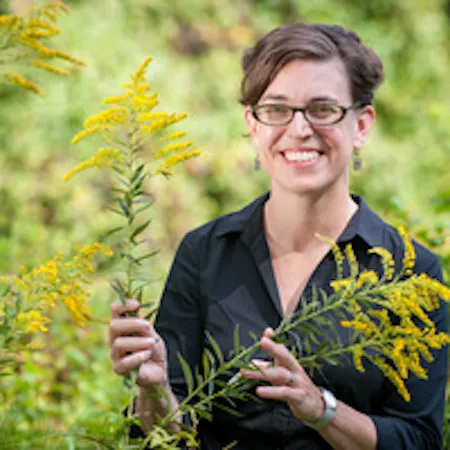Cities are turning to ecological restoration of urban forests to improve air quality, ameliorate urban heat island effects, improve storm water infiltration, and provide other social and ecological benefits. In New York City, ecological restoration of urban forest patches began in the 1980s, with a focus on restoring native forest structure and composition in urban park natural areas invaded by woody non-native plants. Results of research examining effects of these efforts after 15–20 years will be presented. Current outgrowths of this long-term study will also be discussed, including investigation of soil seed bank effects and regional scale synthesis of biodiversity patterns of urban forest patches.
Presenters

Lea Johnson
Dr. Lea Johnson is an ecologist who joins basic research in plant ecology with applications to land management and design. She collaborates with land managers to understand the ecology of environments changed by people and to advance science underpinning successful interventions to improve ecosystem health and functions in an urbanizing world. She is interested in processes that unfold over time, at multiple spatial and temporal scales.

Lea Johnson
Dr. Lea Johnson is an ecologist who joins basic research in plant ecology with applications to land management and design. She collaborates with land managers to understand the ecology of environments changed by people and to advance science underpinning successful interventions to improve ecosystem health and functions in an urbanizing world. She is interested in processes that unfold over time, at multiple spatial and temporal scales.